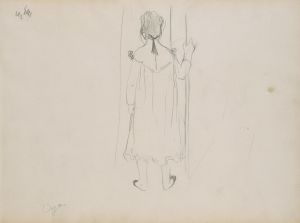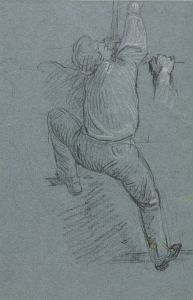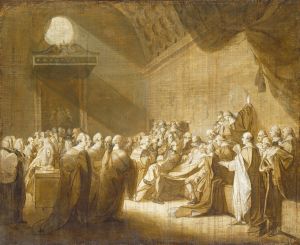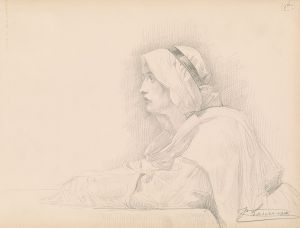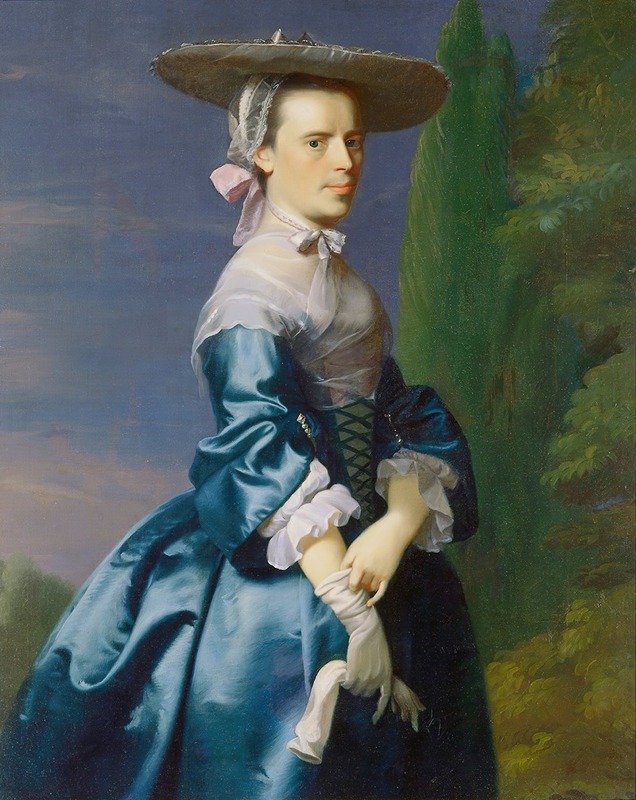
Portrait of Sarah Allen, née Sargent
A hand-painted replica of John Singleton Copley’s masterpiece Portrait of Sarah Allen, née Sargent, meticulously crafted by professional artists to capture the true essence of the original. Each piece is created with museum-quality canvas and rare mineral pigments, carefully painted by experienced artists with delicate brushstrokes and rich, layered colors to perfectly recreate the texture of the original artwork. Unlike machine-printed reproductions, this hand-painted version brings the painting to life, infused with the artist’s emotions and skill in every stroke. Whether for personal collection or home decoration, it instantly elevates the artistic atmosphere of any space.
John Singleton Copley, one of the most prominent American portrait painters of the 18th century, created the painting Portrait of Sarah Allen, née Sargent. This artwork is a fine example of Copley's skill in capturing the likeness and character of his sitters, as well as his meticulous attention to detail in rendering textures, fabrics, and other elements of material culture.
Sarah Allen, born Sarah Sargent, was the subject of this portrait. She was a member of a prominent New England family, and her marriage to Jeremiah Allen further connected her to Boston's mercantile and social elite. The portrait reflects her status and wealth, as was typical of Copley's commissioned works during this period. Copley often painted members of affluent families, showcasing their prosperity and refinement through his detailed depictions of clothing, jewelry, and other symbols of affluence.
In this painting, Sarah Allen is depicted wearing an elegant gown, likely made of silk, which was a luxury fabric at the time. The intricate details of her attire, including lace and other embellishments, demonstrate Copley's ability to render textures with precision. Her pose and expression convey a sense of dignity and composure, characteristics that were often emphasized in portraits of women from prominent families.
Copley’s portraits were highly sought after in colonial America, as they provided a means for wealthy individuals to assert their social standing and preserve their legacy. His ability to combine realism with a sense of grandeur made him one of the most celebrated artists of his time. This portrait, like many of his works, exemplifies his mastery of the medium and his understanding of the cultural and social aspirations of his patrons.
The exact date of the painting is not specified, but it is consistent with Copley’s style during the 1760s and 1770s, a period when he was at the height of his career in Boston before moving to England in 1774. The painting is now part of a collection, though its current location or ownership is not specified in available historical records.
This portrait remains an important example of Copley’s contribution to American art, reflecting both his technical skill and the cultural context of colonial America.








